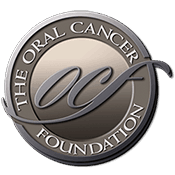RF ablation linked to improved liver cancer survival
Source: www.medscape.com Author: David Douglas Pooled data from a review of randomized trials of percutaneous ablation therapies in hepatocellular carcinoma indicates that a radiofrequency (RF) approach offers a survival advantage, Korean researchers report in the February issue of Hepatology. Lead investigator Dr. Yun Ku Cho told Reuters Health, "Recent studies comparing RF ablation and percutaneous ethanol injection revealed no consistent survival benefit of RF ablation over percutaneous ethanol injection for patients with hepatocellular carcinoma." However, he explained, "By performing a systematic review and meta-analysis of randomized trials, we demonstrated that RF ablation showed an improved 3-year overall survival status for patients with small hepatocellular carcinomas, compared to percutaneous ethanol injection." Dr. Cho of Seoul Veterans Hospital and colleagues analyzed data from 4 trials involving 652 patients. The pooled results showed that RF ablation was in fact significantly superior to the ethanol technique, which was associated with an odds ratio for 3-year survival of 0.477. Nevertheless, the researchers point out that in these studies the number of patients involved was insufficient to determine initial tumor response, and there was "no real consensus regarding the definition of major adverse events. Therefore, quantitative analysis could not be performed for the local tumor progression or adverse events." Source: Hepatology 2009;49:453-459.
